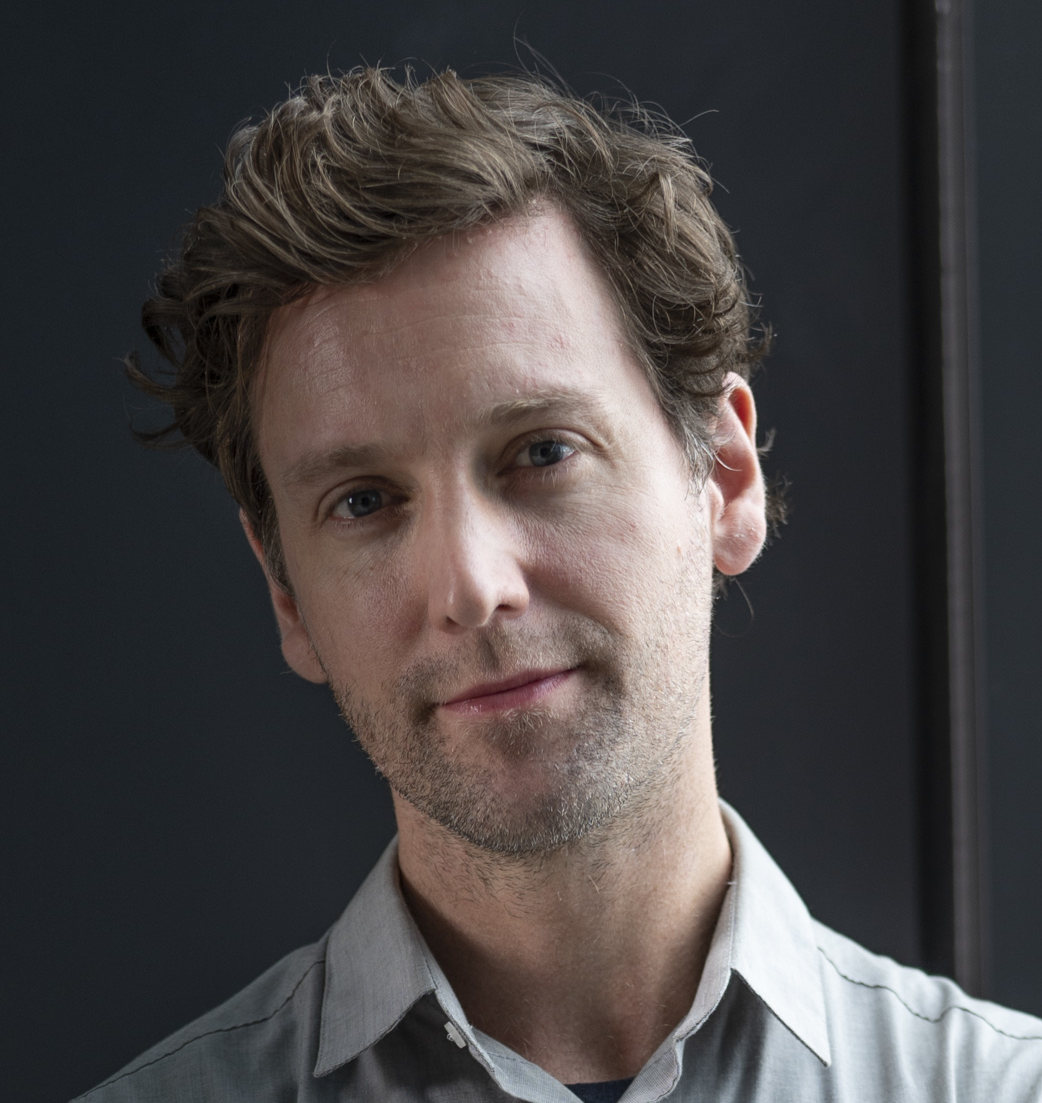
Associate Professor Shane Keating
I use powerful mathematical tools to better measure, model, and understand our ocean and our planet.
The ocean circulation plays a crucial role in Earth's climate and biosphere. However, our understanding of the ocean circulation is limited because the ocean is dominated by turbulent vortices and jets on scales ranging from tens to thousands of kilometres that are notoriously difficult to represent accurately in numerical models. As such, the problem of effectively measuring and modelling turbulence in the ocean remains a critical challenge to our ability to accurately predict future climate change. I am interested in measuring, modelling and understanding turbulent mixing and stirring and its role in the ocean and the climate. Specifically, I study:
- Mixing and turbulence in the geophysical flows
- Ocean state estimation and data assimilation
- Satellite remote sensing
- Geophysical wave interactions
Ìý
Employment and Education:
- Senior Lecturer - School of Mathematics and Statistics, University of New South Wales, Sydney, Australia (Jul 2017 - Present)
- Lecturer - School of Mathematics and Statistics, University of New South Wales, Sydney, Australia (Feb 2013 - Jun 2017)
- Assistant Research Scientist, Courant Institute of Mathematical Sciences, New York University, New York, USA (Aug 2010 - Jan 2013)
- Postdoctoral Researcher, Courant Institute of Mathematical Sciences, New York University, New York, USA (Aug 2008 - Jul 2010)
- Ph.D. in Physics, Department of Physics, University of California San Diego, San Diego, California, USA (Sep 2003 - Jun 2008)
- B.A. in Theoretical Physics, Department of Physics and Department of Mathematics, Trinity College Dublin, Dublin, Ireland (Sep 1998 - Jun 2002)
Ìý
Available Student Projects:
I am very interested to talk to potential Honours, Masters, and Ph.D. students who are interested in working in the field of Mathematical Oceanography. Information on scholarships for Australian and International students is available from the.
- Fractal geometry of ocean temperature and chlorophyll fronts
Turbulent eddies in the ocean tend to stretch and deform fronts of temperature and chlorophyll into strikingly convoluted, fractal-like patterns that are visibile from space. This fractal structure provides a fingerprint of the underlying flow and is intimately linked with the processes of stirring and mixing in the ocean. In this project, we will investigate the theoretical connection between the fractal geometry of fronts in turbulent flows and diffusion across the front, with the goal of developing a parameterisation of mixing in numerical ocean and climate models.Ìý
- Submesoscale ocean dynamics
Submesoscale ocean dynamics (~100m to 100km) play a critical but poorly understood role in the ocean, from planet-scale to plankton scale. The impact of submesoscale fronts on heat and carbon exchange between the deep ocean and the atmosphere represents a key uncertainty in Earth's climate. Submesoscale eddies modulate the ocean food chain from top predators to phytoplankton. And submesocales strongly impact the dispersion of ocean-borne material such as nutrients, marine biota, and pollutants. Research topics in this area include
Ocean dynamics as a driver of productivity. The student will configure a coupled hydrodynamic biogeochemical version of the Regional Ocean Modeling System to understand the role of submesoscale eddies in the 3D distribution of chlorophyll-a in the East Australian Current.
Diagnosing submesoscale ocean eddies. The student will use a combination of ocean model output and observational data from coastal radar, moorings, and satellite observations to quantify the properties of submesoscale eddies, including lifespan, size, and shedding frequencies.
Stochastic parameterization of submesoscale. The student will examine novel stochastic and Lagrangian methods for representing unresolved submesoscale dynamics in ocean climate models. The methods will be tested using both numerical and observational ocean data.
See for more information on projects in submesoscale ocean dynamics and scholarship opportunities.
- Publications
- Media
- Grants
- Awards
- Research Activities
- Engagement
- Teaching and Supervision
